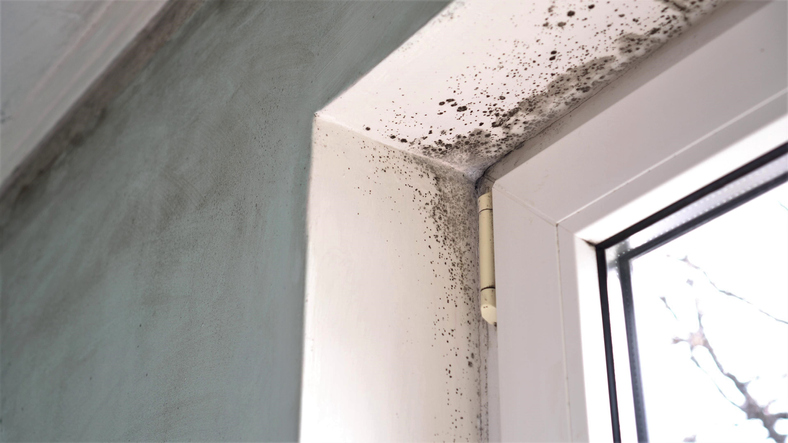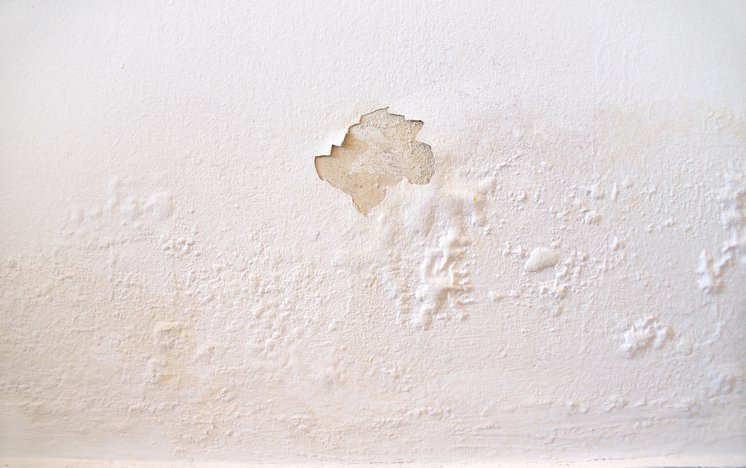Dangerous Mould: 3 Signs to Look For After Home Inspector Training
November 22, 2022
Are you looking forward to a career as a home inspector? If so, you will play a crucial role in the safety of the public. Your primary objective as a home inspector will be to serve as a consultant for home buyers seeking to make an informed decision about the residence they’re considering. Your expertise ensures that they don’t dig themselves into a financial hole, purchasing a home that will require expensive repairs or updates. Most importantly, you’ll make sure that your clients don’t purchase a home that poses a risk to their health and safety.
What kinds of risks should you be on the lookout for? While there is plenty to be aware of, dangerous mould will be a chief concern. What exactly is mould? What signs will alert you to a mould problem in a house? Keep reading for the answers to all of these questions below.
What Is Mould?
Mould is a type of fungi that can easily grow and reproduce in oxygen. It thrives in damp areas. In a natural environment, mould actually serves an important purpose in the ecosystem, aiding the decomposition of dead plants, animals, and other organic materials. That being said, when mould spores attach themselves to a building, they can pose a serious risk to the health of inhabitants.
Mould contamination can exacerbate respiratory conditions like asthma and allergies. Skin conditions, post-nasal drip, and flu symptoms are also not uncommon. There are multiple species of mould, but Penicillium, Cladosporium, and Aspergillus are most commonly found in buildings. Here are three signs to watch out for after home inspector training.
A Rotten or Musty Smell in the Air Could Be a Sign of Mould
Odour is one of the most obvious indications of mould–the smell of a mould-contaminated area is pretty distinct. You might notice a smell that resembles rotting or an odour that can only be described as damp. It’s common for the smell to come from carpets, cling to furniture, and spread from air conditioning and heating equipment, as these are all areas where mould spores can easily thrive and reproduce. Be sure to take a deep breath upon walking into a home you’re inspecting, and pay special attention to mould-friendly surfaces and basements, which are vulnerable to flooding and excessive moisture.

Watch Out for Warped Walls After Home Inspection Training
Warped walls are a visible clue you can easily spot after home inspector courses. You may see discoloration on walls and ceilings, bubbling paint, peeling wallpaper, the appearance of dark spots, cracks, and the loss of the wall’s original shape. These effects are a sign that mould is growing behind the walls. Over time, mould can weaken a home’s structure, making it more vulnerable to damage. As you can imagine, this will lead to a rather expensive repair process down the line.

Be Aware of Past Water Damage
As a home inspector, you’ll learn that damage in a house can be sneaky, presenting very few evident signs like the ones discussed above. With mould, it can take years for any symptoms to show themselves. For this reason, it’s important to be as knowledgeable as possible of a house’s history to evaluate whether there is a risk of mould contamination.
Sometimes, information from sellers is limited–intentionally and unintentionally–so watch out for signs of water damage during your inspection, like flooding, discoloured walls, and damp walls. If you’re excited to learn more about home inspections, you’re in the right place. The Home Inspection Program at NATS is designed to address inspection methods for roofing, electrical, HVAC, plumbing, exterior, interior, and insulation in accordance with the Canadian Association of Home & Property Inspectors (CAHPI) standards.
Ready to become a home inspector?
Contact NATS for more information!



